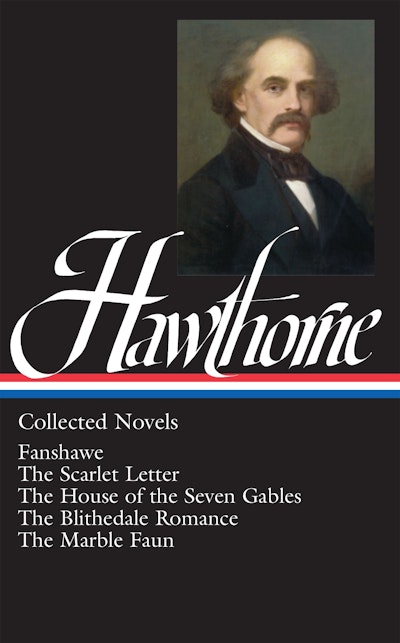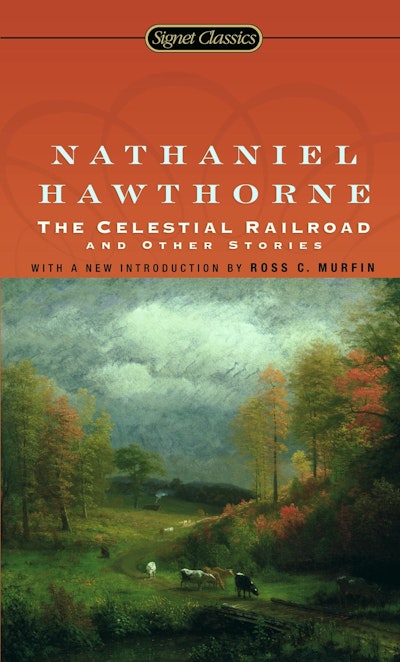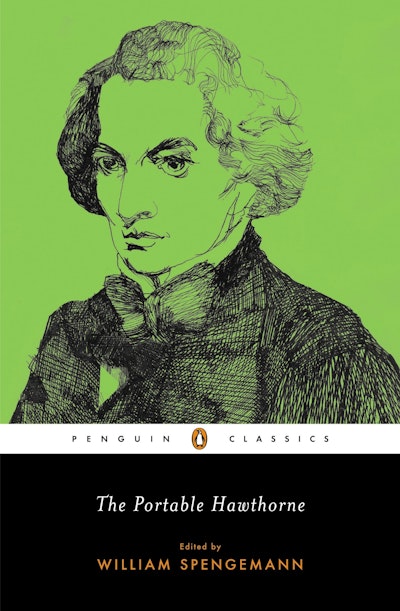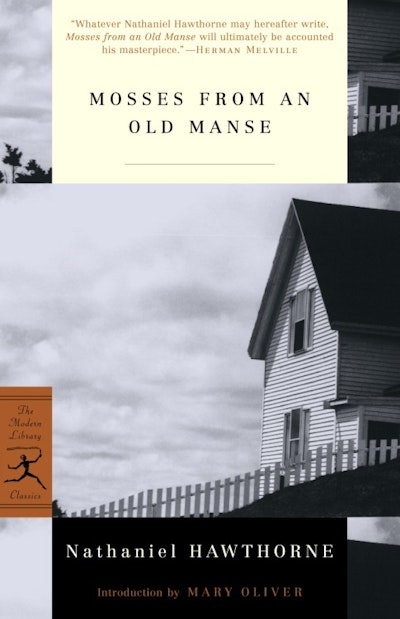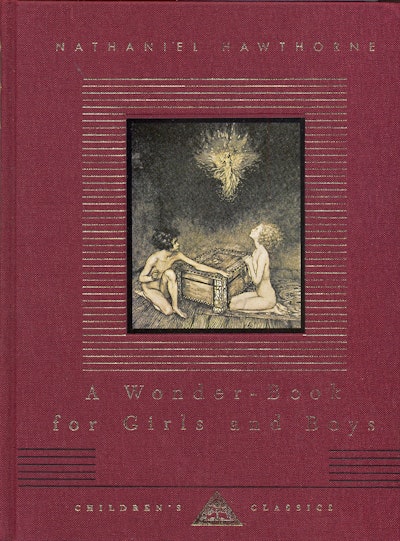Date: 2013-08-06
Nathaniel Hawthorne was born on 4th July 1804 in Salem, Massachusetts. One of his descendants was John Hathorne who presided over the Salem Witch Trials of 1692. Hawthorne's father died when he was four years old. He was educated at Bowdoin College where he became friends with the poet Henry Wadsworth Longfellow. He published his first novel, Fanshawe in 1828 and after this his stories began to appear in periodicals. He in 1842 and he and his wife Sophia went on to have three children. He published his most famous work, The Scarlet Letter, in 1850, and in that same year he became friends with the novelist Herman Melville. Melville later dedicated Moby Dick to Hawthorne. Between 1853 and 1860 he lived in Liverpool in England while he was working as an American consul, and then in Italy, before returning to his home in Concord, Massachusetts. Nathaniel Hawthorne died on 19th May 1864.
Nathaniel Hawthorne was born on July 4, 1804, in Salem, Massachusetts, the son and grandson of proud New England seafarers. He lived in genteel poverty with his widowed mother and two young sisters in a house filled with Puritan ideals and family pride in a prosperous past. His boyhood was, in most respects, pleasant and normal. In 1825 he was graduated from Bowdoin College, Brunswick, Maine, and he returned to Salem determined to become a writer of short stories.
For the next twelve years he was plagued with unhappiness and self-doubts as he struggled to master his craft. He finally secured some small measure of success with the publication of his Twice-Told Tales (1837). His marriage to Sophia Peabody in 1842 was a happy one. The Scarlet Letter (1850), which brought him immediate recognition, was followed by The House of the Seven Gables (1851). After serving four years as the American Consul in Liverpool, England, he travelled in Italy; he returned home to Massachusetts in 1860. Depressed, weary of writing, and failing in health, he died on May 19, 1864, at Plymouth, New Hampshire.
